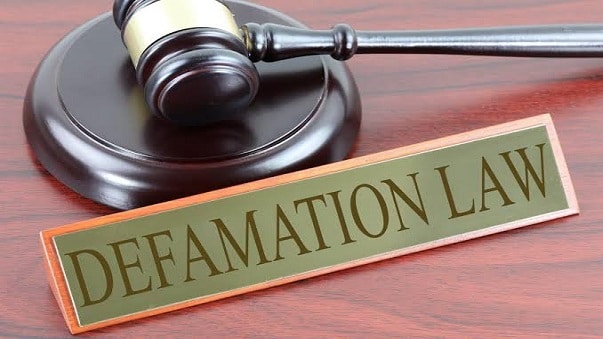When discussing legal matters like defamation, it’s crucial to differentiate between opinions and defamatory statements. While freedom of speech allows individuals to share their views, crossing the line into defamation can have serious consequences.
What is the Difference Between a Shared Opinion and a Defamatory Statement?
A shared opinion is not considered defamatory if it is clearly expressed as a personal viewpoint rather than a factual statement. Courts prioritize protecting free speech, which means individuals can express opinions without fear of defamation claims.
Example:
- Not Defamatory: “It seems to me that Jane Doe doesn’t care about the students she teaches.”
- Defamatory: “Jane Doe doesn’t care about the students she teaches.”
The key difference lies in presenting the statement as opinion vs. fact. When you assert something as a fact, it can become defamatory if proven false and harmful.
What is Needed to Prove Defamation?
To establish a defamation claim, the plaintiff must prove the following five elements:
- A Statement Was Made: Someone communicated a statement.
- Third-Party Communication: The statement was shared orally or in writing with another person or group.
- Injury or Damages: The statement caused harm, such as loss of a job, reputation damage, or emotional distress.
- Falsity: The statement was false.
- Not Protected Speech: The statement was neither an opinion nor a truthful assertion.
The Role of Truth
Truth is an absolute defense to defamation. If the statement is true, it cannot be defamatory. Similarly, statements made in privileged settings (e.g., during a trial or deposition) are also protected, even if they are harmful.
Proving Damages in Defamation Cases
Demonstrating harm is often the most challenging part of a defamation case. Common damages include:
- Job loss or inability to secure employment.
- Denied opportunities (e.g., promotions, partnerships).
- Emotional or mental health issues requiring treatment.
These damages must directly result from the defamatory statement to form a valid claim.
Defamation, Privacy, and the First Amendment
The First Amendment protects free speech, but it also recognizes limits when speech causes harm. Public figures, such as politicians and celebrities, face unique challenges in defamation cases.
Public Figures vs. Private Individuals:
Public figures have a higher burden of proof. They must prove not only the five elements of defamation but also demonstrate actual malice.
- Actual Malice: The statement was knowingly false or made with reckless disregard for its truth.
This stricter standard exists because public figures voluntarily enter the public eye, accepting a reduced expectation of privacy.
Who Can Be Held Liable for Defamation?
Defamation liability extends beyond the original speaker. If you repeat a defamatory statement, you can also be held responsible.
Example:
- Original Defamer: Your ex falsely tells neighbors that you served time for murder.
- Repeater: A podcast host records and broadcasts this false claim.
In this case, the ex could be sued for slander (spoken defamation), while the podcast host could be liable for libel (written or broadcast defamation).
Final Thoughts: Protecting Yourself Against Defamation
Understanding the boundaries between opinions and defamatory statements is essential for avoiding legal pitfalls. Always ensure that your statements are either factual or clearly expressed as personal opinions. For public figures, the stakes are higher, but truth and intent remain critical elements in any defamation claim.
If you’re unsure whether your content may be considered defamatory, consulting with a legal professional is always a good idea.

